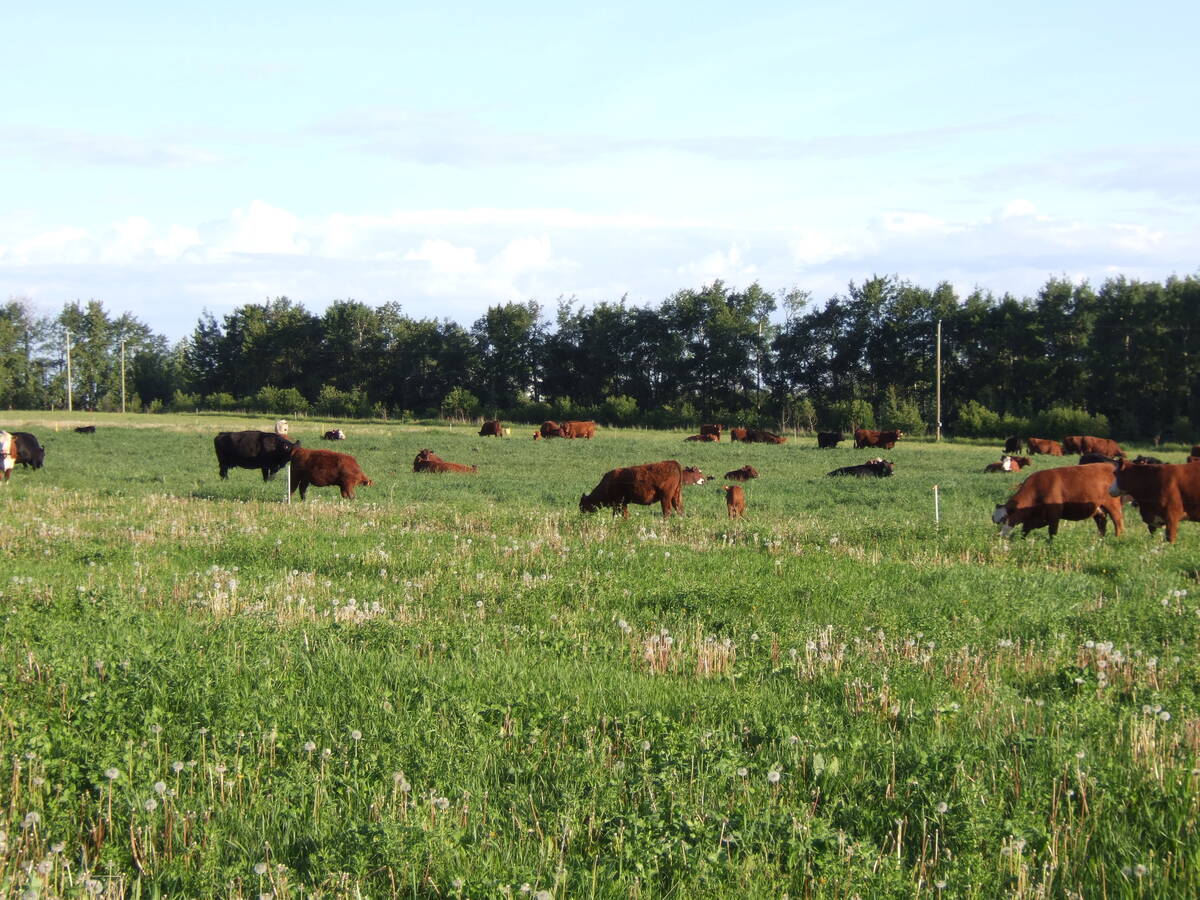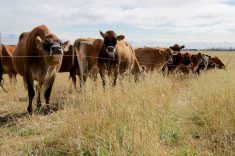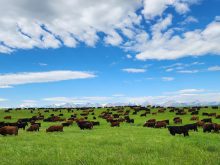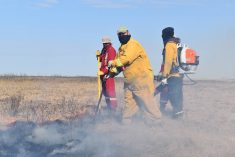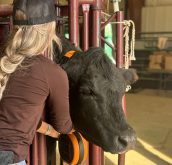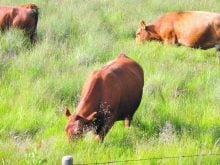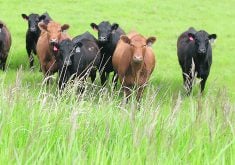Glacier FarmMedia – Pasture management is always important, but it is especially important following a drought.
Pastures may suffer and degrade, resulting in soil erosion, diminished fertility and the loss of valuable forage. Drought effects linger, affecting plant life productivity even after rain returns.
Effective management strategies are essential to support rehabilitation, promote regrowth and prevent further deterioration.
Read Also
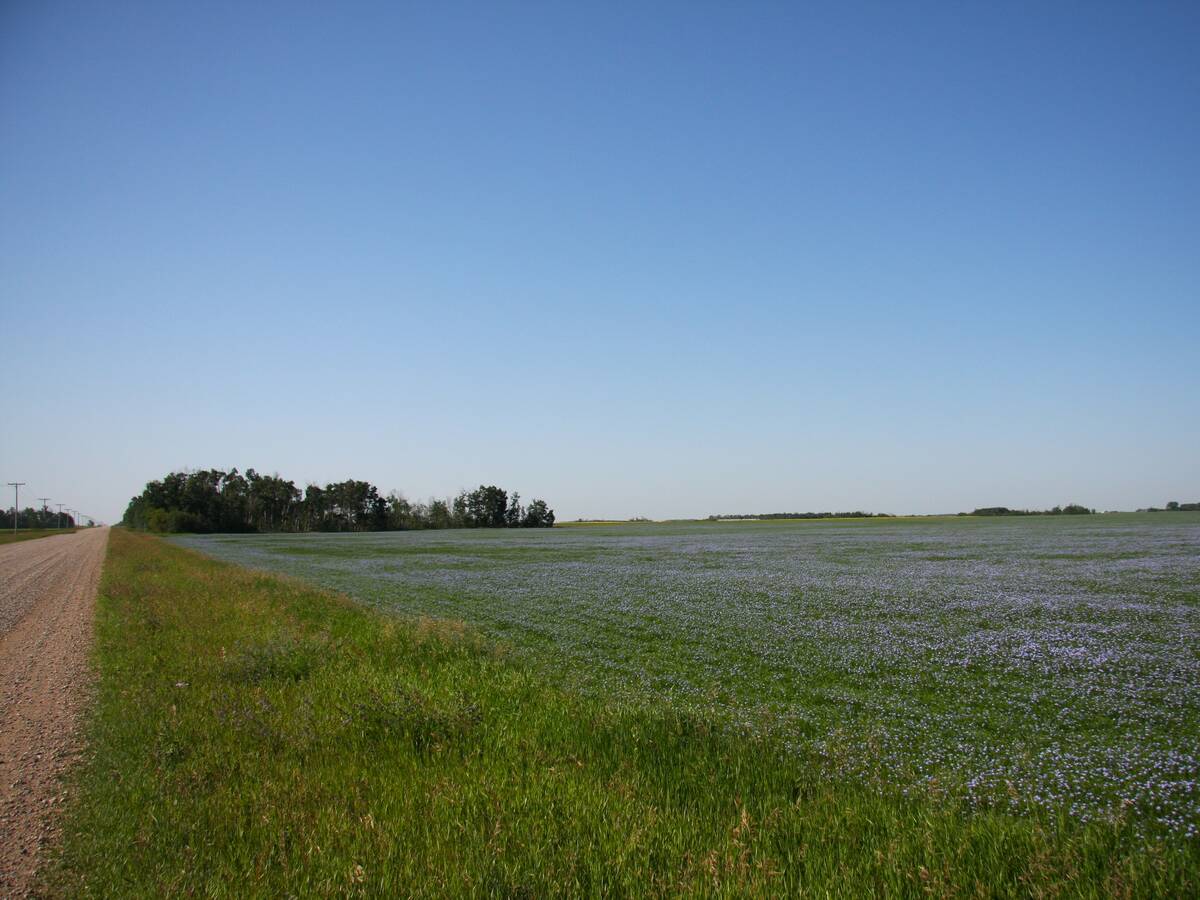
Farmland advisory committee created in Saskatchewan
The Saskatchewan government has created the Farm Land Ownership Advisory Committee to address farmer concerns and gain feedback about the issues.
“No two years are the same in grazing pastures, so we must look deeper than simply hoping for more rain,” says Renovo Seed adviser Grant Lastiwka.
“We should be interpreting what the land is telling us and thinking about it in new ways.”
To take stock of pastures, Lastiwka recommends producers realistically examine rainfall levels and groundwater status.
“Our perennials have a perennial story,” he says.
“This story reflects on setting up next year’s productivity in the last stages of the previous year. Any shortfalls must be promptly addressed.”
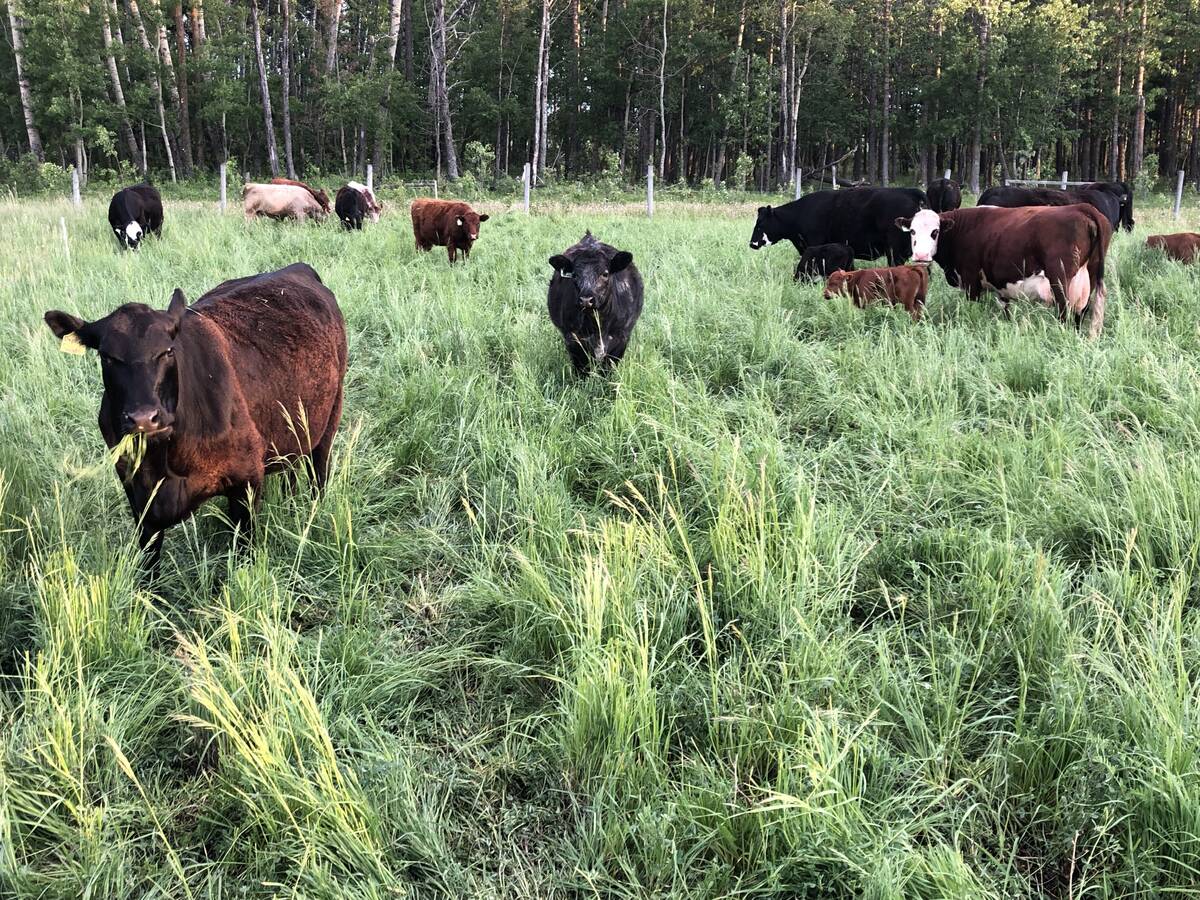
The key to extensive vigour and health is to provide a fall window of opportunity to reset. Producers should try to not only gather information but ask what it means, he says.
“Pasture management should be a 365-day grazing mentality.”
Lastiwka says periodic soil testing is important because it helps create a benchmark for pasture management strategies.
“Watch the plants because they’re talking to us and among themselves. They communicate with other plants and soil organisms, and the beauty of this is a functioning ecosystem,” he says.
In the same way that producers manage the relationship between cattle and other assets, they can take advantage of the initial stages of growth as plants prepare for more rapid development.
In some years, this could mean waiting to graze until plants reach the 3.5-leaf stage, yielding a panel of renewable, above-ground photosynthetic material.
“In a perfect grazing world, we’d leave more material behind earlier in the year, so it regrows faster,” says Lastiwka.
The growing and grazing seasons are extended as grasses grow new shoots, ground cover and an improved “solar panel” to capture sunlight energy.
Lastiwka says when a pasture is growing slowly, it’s because it was grazed too much during its weak points, which causes it to move to a lower ecosystem functioning level. This means the plants are focused on protecting themselves, rather than producing.
Grasses are perennials in an ever-adapting ecosystem, he adds, so it’s important to be proactive throughout the entire grazing cycle.
Assessing pasture management as a functioning ecosystem can be frustrating because these results don’t take shape as quickly as we’d like. However, later corrections are always an uphill battle.
“We’re trying to buy back some time, health and vigour in the forage and soil,” he says.
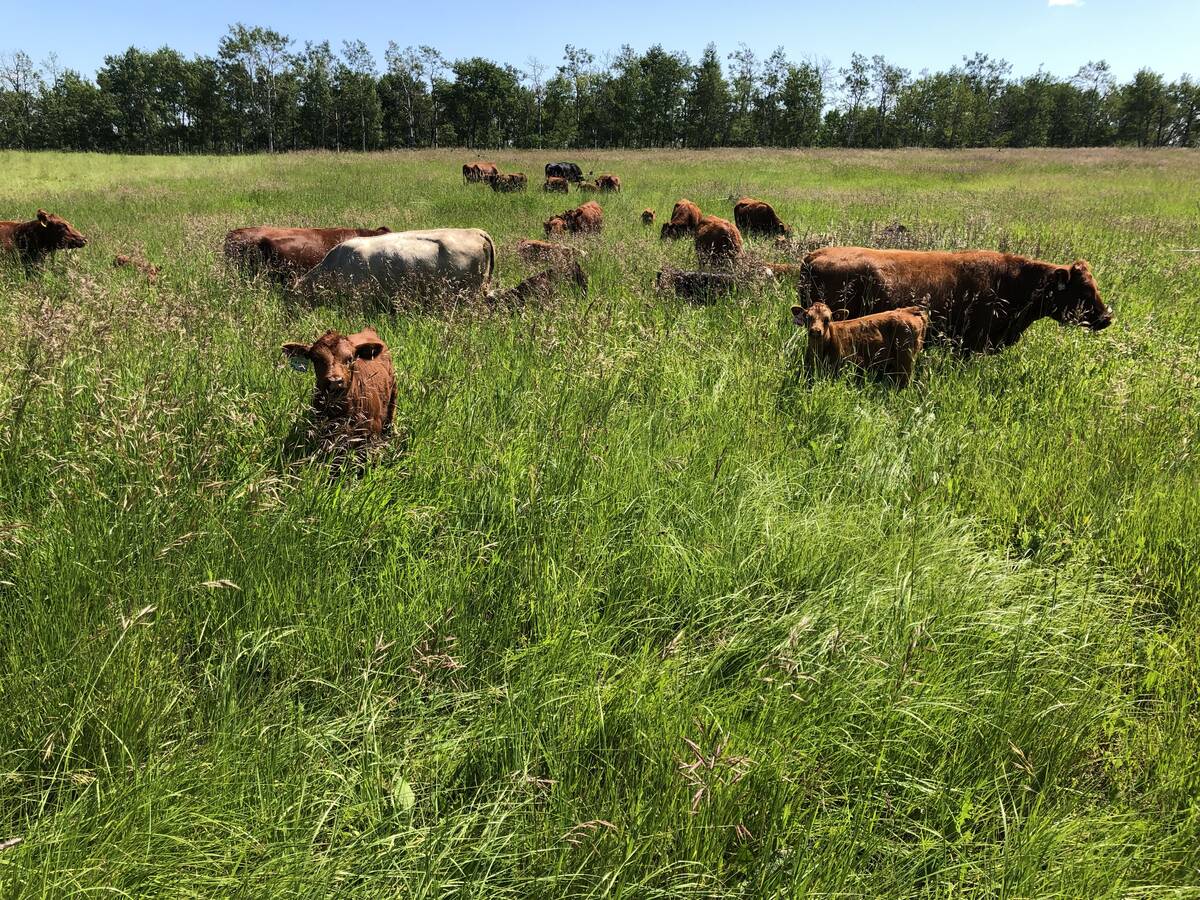
“In Western Canada, we have cooler springs and a shorter growing season, so we want to manipulate it for a longer and more dynamic grazing period.”
After taking what they need from the pasture, producers can give the pasture what it needs, whether it’s fertilizer or time to increase leaf area.
When a plant has a larger leaf area, it stores more sugars for the fall and establishes tillers for the next year. These actions help improve the plant and the soil’s biology, which in turn helps meet the needs of the cattle and the producer.
Lastiwka recommends assessing and recording what pastures support and their productivity. If this drops, the problem must be addressed.
“Try to create a shorter grazing span when possible and always look at moving on. If we make a mistake, our reaction should be equal in the opposite measure.”

